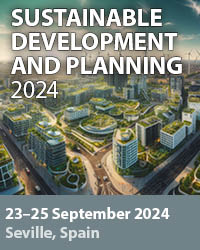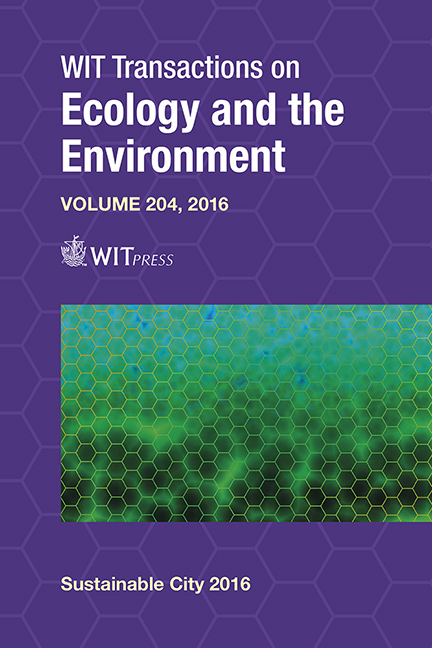City Typologies Of Europe: A Tool To Support Urban Sustainability Studies And Practices
Price
Free (open access)
Transaction
Volume
204
Pages
12
Page Range
199 - 210
Published
2016
Size
690 kb
Paper DOI
10.2495/SC160171
Copyright
WIT Press
Author(s)
E. Aksoy, M. Gregor, J. Fons, C. Garzillo, M. Cugny-Seguin, M. Löhnertz, C. Schröder
Abstract
Cities and urban areas in Europe are very heterogeneous because of their geographic situations, climate, heritage and trajectory, activities, governance and urban management, population, etc. In order to better understand European urban systems despite the diversity of urban characteristics across Europe and taking into account its complexity, the European Environment Agency (EEA) and its European Topic Centre on Urban, Land and Soil systems (ETC-ULS) are developing a methodology to implement a comprehensive and integrated analysis of sustainability of a large number of very diverse cities. This paper reveals the first results of the on-going project on “City Typologies in Europe”.
With this aim, the concept of a city typology was elaborated and tested using existing and relevant data on the urban system at European level. 385 European cities were classified to identify different clusters which are derived from 59 indicators under different domains (economic, social and environmental) that reflect the major city characteristics.
The objective of this typology is to show the differences and similarities of the huge diversity of European cities by synthesizing available and comparable information. By reclassifying cities into groups, representative cities (role-models) will be identified for each cluster. Since cities are the key players in minimizing the use of resources and developing the circular economic model and are also crucial for the quality of life and well-being of cities’ residents, analyzing those differences and similarities is very important to understand the real situations of the European cities, to make foresight scenarios, to develop effective tools of analysis of urban sustainability and to suggest a core set of urban sustainability indicators. Moreover, to achieve resource and energy efficient cities and sustainability, these typologies might be very helpful for the decision and policy makers to overcome the limitations of policy instruments that are insufficient to deal with the complexity of urban challenges. This study also might be helpful for local authorities to find the appropriate solutions for an effective, sustainable pathway which needs to take into account the similar characteristics of the cities as a group instead as individuals.
Keywords
city typologies, European cities, clustering, urban sustainability, city indicators





